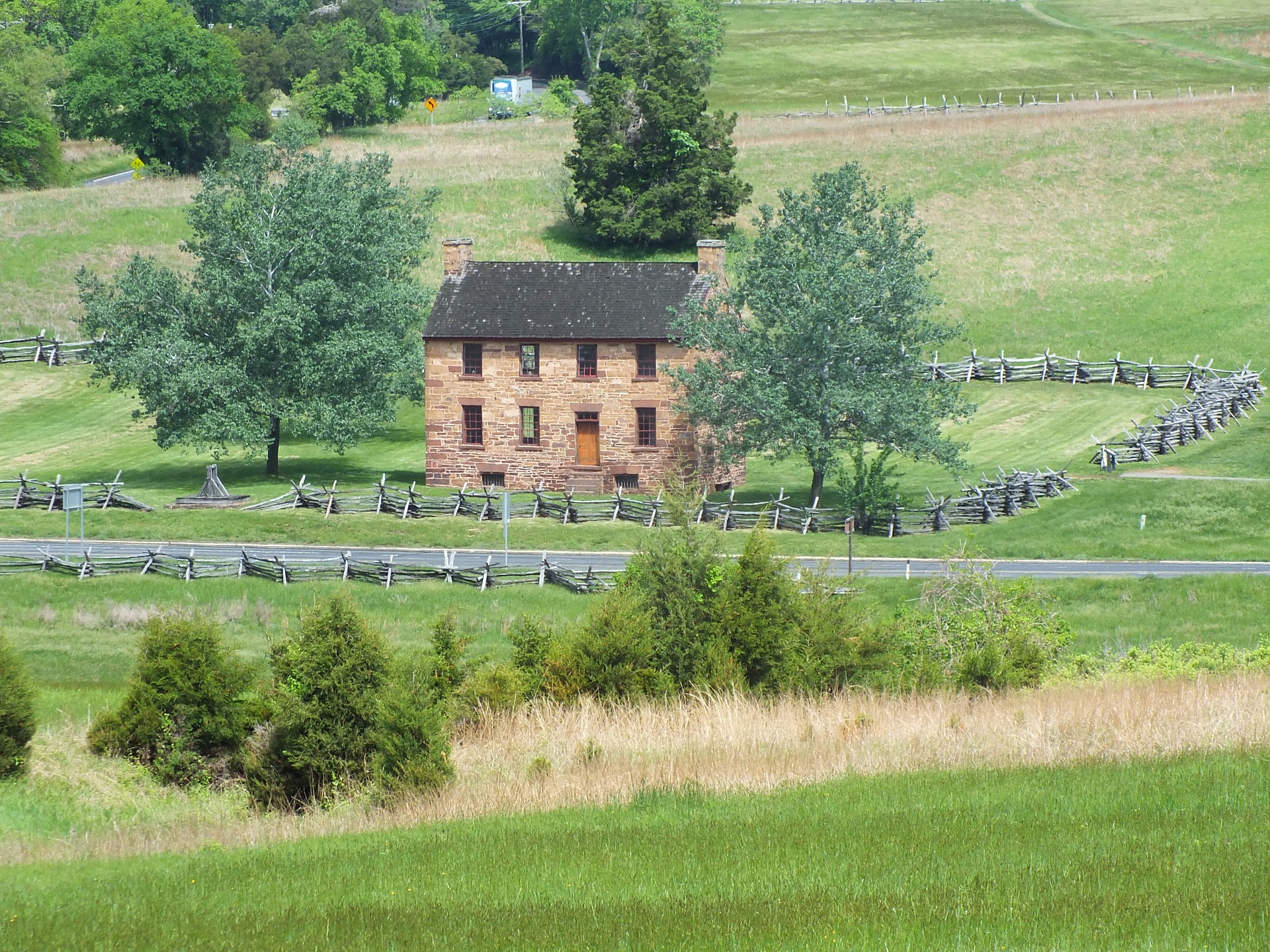The Unseen Hazards of Creosote in Manassas VA: A Comprehensive Guide
Every winter, fireplaces across Manassas, VA, are lit up to provide warmth and comfort. While this gives the home a cozy atmosphere, it can also pose unseen hazards. One of the most significant risks is the accumulation of creosote, a by-product of burning wood.
What is Creosote?
Creosote is a black or brown residue that forms in the chimneys due to incomplete combustion of wood or coal. It is sticky and highly flammable. Over time, this substance accumulates on the walls of the chimney, posing severe risks like chimney fires, structural damage, and even health hazards.
The Dangers of Creosote
1. Chimney Fires: Creosote is extremely flammable. When the build-up thickens, it becomes a significant fire hazard. A small spark or high temperatures can ignite the creosote, leading to a dangerous chimney fire.
2. Structural Damage: Creosote can cause considerable damage to your chimney. It is corrosive and can eat away at the structure of the chimney over time. This can lead to costly repairs and potentially dangerous situations if the chimney collapses.
3. Health Hazards: Creosote emanates harmful chemicals when burned. These chemicals can cause respiratory issues, skin and eye irritation, and even cancer. People with existing respiratory conditions are especially vulnerable.
4. Environmental Impact: The burning of creosote releases polycyclic aromatic hydrocarbons (PAHs) into the environment. These are harmful pollutants that contribute to air and water pollution.
The Role of A&T Chimney Sweeps in Manassas, VA
A&T Chimney Sweeps fireplace, furnace, dryer vent, gutter cleaning and repair services in Manassas, VA, play a crucial role in maintaining the safety and integrity of your home. Regular chimney sweeping removes the build-up of creosote, reducing the risk of chimney fires and structural damage. The professionals at A&T Chimney Sweeps are well-equipped and trained to handle creosote removal, ensuring your chimney is clean and safe for use.
Preventing Creosote Build-Up
1. Burn Dry, Seasoned Wood: Green or unseasoned wood produces more creosote due to the higher moisture content. Always use dry, seasoned wood to reduce creosote production.
2. Regular Chimney Sweeping: Regular cleaning and inspection of your chimney by professionals can prevent creosote build-up.
3. Proper Ventilation: Ensure your chimney has proper ventilation. An adequately ventilated fireplace burns wood more efficiently, thus producing less creosote.
4. Use Creosote-Reducing Products: Several products on the market can help reduce creosote build-up. However, these should not replace regular chimney cleaning.
FAQs
1. How often should I have my chimney cleaned?
The Chimney Safety Institute of America (CSIA) recommends having your chimney cleaned at least once a year.
2. Can I clean the chimney myself?
While it’s possible, it’s not recommended. Professional chimney sweeps have the necessary equipment and training to efficiently and safely remove creosote.
3. What are the signs of creosote build-up?
A strong, unpleasant odor, reduced drafting efficiency, and visible black residue in the chimney are signs of creosote build-up.
4. Can I prevent creosote build-up?
Yes, by burning dry, seasoned wood, ensuring proper ventilation, and having regular chimney sweeps, you can significantly reduce creosote build-up.
In conclusion, creosote poses significant hazards to both your home and health. It’s crucial to have regular chimney sweeps, especially in the months leading up to winter. By doing so, you can protect your home, your family, and yourself from the unseen hazards of creosote.








